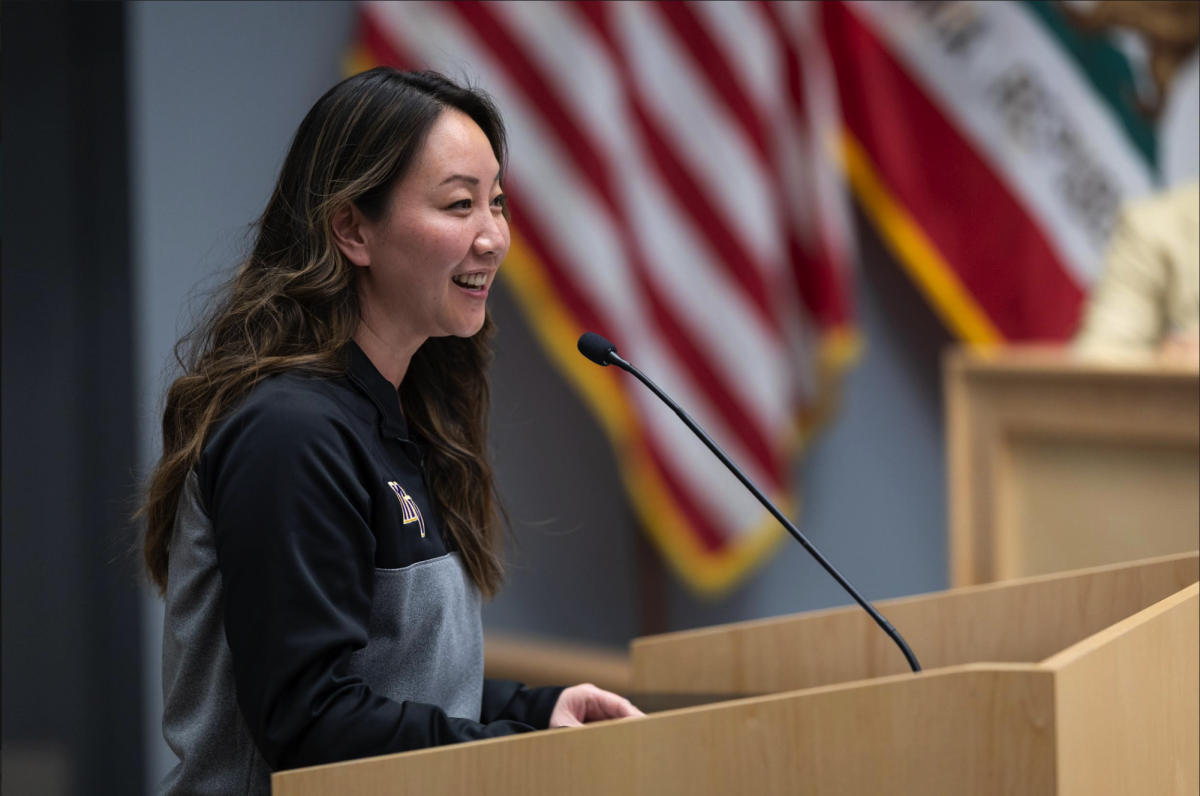In theater, they’re called understudies. In computing, they’re called backups. In Bhangra, they’re called alternates.
But now, alternates are no longer a part of the Bhangra team’s method. Instead of having backup dancers, each team member will learn all the choreography and show their commitment to be able to perform in shows.
For years now, the dance team Bhangra has always had four alternates — two male and two female. If a dancer was injured or could not attend a show, the dancer’s alternates would take their place. In the past, the system has worked because teams could never guarantee if a dancer could perform or not. But it has also given way to some problems. According to Bhangra co-captain junior Gokul Pillai, the previous alternate system didn’t take into account how hard alternates worked to know their routines, inside and out.
“We saw alternates who had improved a lot and even to the point where they might even be better than or deserve to perform in a show more than someone who’s not an alternate,” Pillai said. “It’s unfair because they’re given that position in the beginning of the year before we know how each dancer is […] In the past years, we’ve thought that certain alternates deserve the spot more.”
While dancing ability is important, the new system helps reward dancers who improve significantly. Three-year Bhangra team member junior Santosh Sivakumar believes that the system will also help with the quality of the dances.
“I think alternate has somewhat of a negative connotation and the title of alternate kind of restricted the captains from feeling like they could put someone in and out,” Sivakumar said. “And now with the new no-alternate system, the fact that everyone has an equal playing round will ensure that those who are performing are really deserving of their spot.”
Since this year, there are no alternates and no people who can be definitely assigned certain spots, new and veteran dancers alike are expected to learn routines efficiently.
The captains know that by spending the time with each other, they can work with new team members to help them get better.
Freshman Ishani Singh, one of the newest additions to the Bhangra team, has done Indian classical dance for eight years and notices differences between what she learned previously and her dancing style now.
“[Bhangra] is high energy and the body structure is different,” Singh said. “It’s hard to keep up.”
The no-alternate system ensures that all of the dancers take practices seriously. Even though the new system rewards dancers who show up to meets, practice to improve their dancing and show overall commitment, there are still cons. With formations, every team member has a six minute routine and each also has different formation. Now with the no-alternate system, anyone should be able to perform anyone else’s formations.
“It’s basically just increasing people’s ability to learn formations quickly,” Sivakumar said. “Everyone is expected to learn choreography and then be flexible in where their formations are going to go.”
As captains adjust to enforcing different policies and routines, new dancers also try to adjust to being a part of a larger group. Alternates or not, new team members or veteran dancers, the one thing that isn’t changing is the work-hard-play-hard model.







